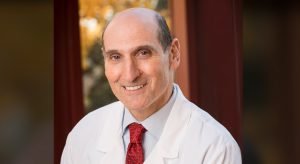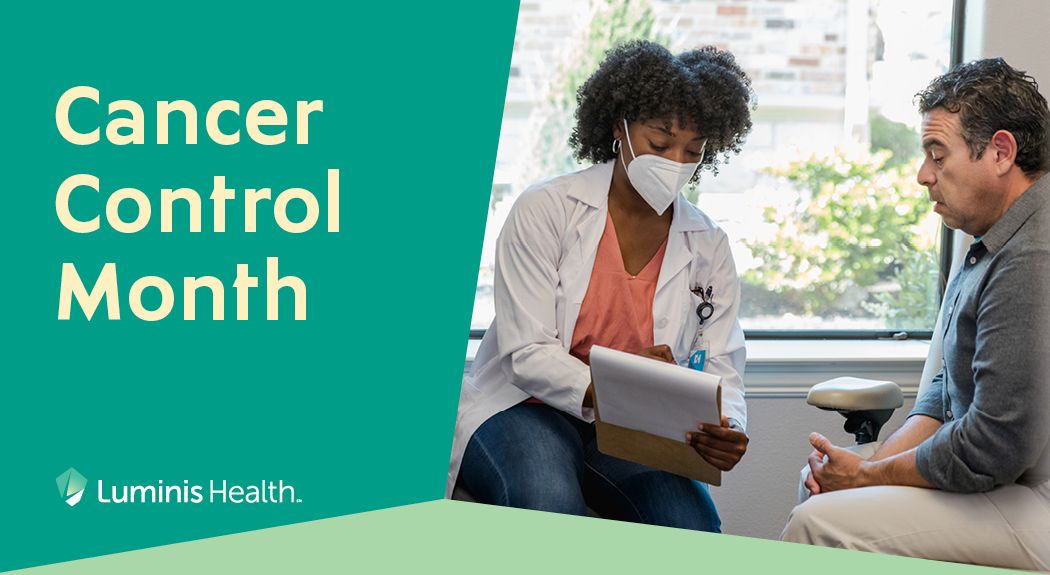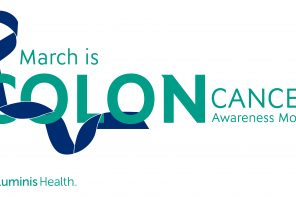Cancer mortality has dropped 33 percent since 1991, averting over 4 million deaths according to the American Cancer Society. This good news is thanks to several changes in the past 30 years, such as a reduction in tobacco use, improved treatment and earlier detection for some cancers. Despite these changes, cancer continues to be the second most common cause of death in the United States. To understand your risk of cancer and the pros and cons of different cancer screenings, review the guidelines below.
Breast Cancer Screening
Women should undergo breast cancer risk assessment by age 25 and be counseled regarding potential benefits, risks, and limitations of breast screening in the context of their risk stratification. You and your doctor can work together to decide what’s best for you and we strongly encourage you to ask questions and share your concerns. The American Cancer Society states that women who are at average risk for breast cancer should have the option to start screening at age 40. From ages 45 to 54, women should get mammograms every year. For those over 55-years-old, screening can switch to every other year. Screenings should continue as long as a woman is in good health and is expected to live at least 10 more years.
Cervical Cancer Screening
The HPV test and the Pap test can help prevent cervical cancer or find it early.
- The HPV test looks for the virus (human papillomavirus) that can cause cancerous cell changes in the cervix.
- The Pap test (or Pap smear) looks for precancers, cell changes on the cervix that might become cervical cancer if they are not treated appropriately.
Women should start getting Pap tests at age 21 according to the American Cancer Society and other guideline organizations. If your Pap test result is normal, your doctor may tell you that you can wait three years until your next Pap test.
If you are 30 to 65 years old, talk to your doctor about your risk and which testing option is right for you:
- An HPV test only. This is called primary HPV testing. If your result is normal, your doctor may tell you that you can wait five years until your next screening test.
- An HPV test along with the Pap test. If both of your results are normal, your doctor may tell you that you can wait five years until your next screening test.
- A Pap test only. If your result is normal, your doctor may tell you that you can wait three years until your next Pap test.
If you are older than 65, your doctor may tell you that you don’t need to be screened for cervical cancer anymore if:
- You have had normal screening test results for several years, and
- You have not had a cervical precancer in the past, or
- You have had your cervix removed as part of a total hysterectomy for non-cancerous conditions, like fibroids.
However, if you are 65-years-old or older and it has been more than 10 years since your last screening, you should get tested at least one more time.
Colon and Rectal Cancer Screening
Because colon and rectal cancers are increasingly been detected in younger people, it is now recommended that regular screening begin at age 45 for those of average risk. Colorectal cancer is the second most common cause of cancer death in the United States, and it is the leading cause of cancer-related deaths in men younger than 50. Most people should get a colonoscopy at least once every 10 years. You may need to get one every 5 years after you turn 60 if your risk of cancer increases. After age 75, talk to your provider to find out if screening is still right for you.
Stool-based tests are becoming more popular because they are done at home, so many people find them easier than a colonoscopy. But, although these tests are easier to implement, they need to be done more often. If the result from a stool test is abnormal, a timely colonoscopy is required to check for cancer. Colonoscopies, unlike stool tests, have the additional benefit of being able to remove precancerous growths called polyps. Ask your doctor if a colonoscopy or stool-based test is recommended for you. Any screening test is better than no test.
Lung Cancer Screening
Annual lung cancer screening with low dose CT scan is for people who:
- Are between 50 and 80 years old, and
- Have a 20 pack-year or more smoking history, equivalent to smoking one pack of cigarettes per day for 20 years or two packs per day for 10 years.
Lung cancer screenings can stop when the person being screened:
- Turns 81 years old, or
- Develops a different serious health problem.
Talk to your doctor about lung cancer screenings if you have regular exposure to second hand smoke.
Prostate Cancer Screening
The American Urological Association recommends that clinicians offer prostate cancer screening beginning at age 40 to 45 years for people at increased risk of developing prostate cancer based on factors including: African-American ancestry, genetic mutations or strong family history of prostate cancer.
Those of average risk may begin prostate cancer screening at age 50 after talking with their doctor about benefits and risks. The first screening test should be the prostate-specific antigen (PSA) blood test.
Based on the PSA results, prostate cancer screenings continue every 2 to 4 years.
Conclusion
Guidelines help you understand the screening recommendations for someone of your age, gender and family history. The decision to start screening for cancer should be one that you and your doctor make together based on several factors. Don’t hesitate to ask questions or share concerns when screenings are recommended to you, so that you can make an informed choice about your next steps.
 Barry Meisenberg, MD is the Chair of the Department of Medicine and Executive Medical Director of Cancer Services at Luminis Health.
Barry Meisenberg, MD is the Chair of the Department of Medicine and Executive Medical Director of Cancer Services at Luminis Health.



